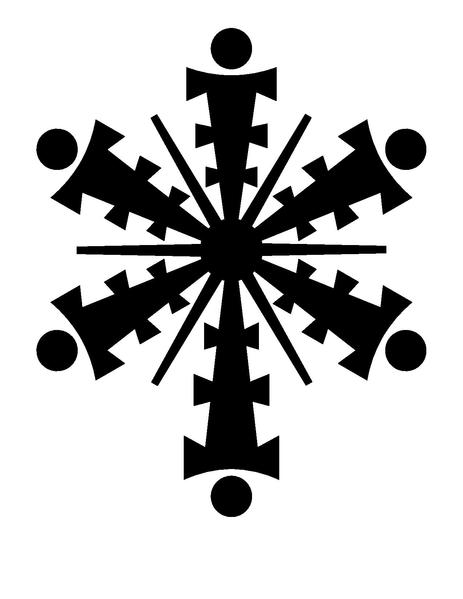Introduction:
This chart was designed by Tibetan monks to improve the vision. The design of this Eye Chart was to exercise the eye muscles. The Tibetans have used natural eyesight improvement for centuries. If used for a few minutes, twice per day, your eyes should improve greatly over a few months.
It is believed that normal eyes shift rapidly and continuously. Eyes with defective vision are fixed and staring. When staring eyes learn to shift, vision is improved. The eyeball is like a camera, and changes in focal length. To focus the camera you must adjust the distance from the negative to the front of the camera lens. Increase this distance to focus for close vision and decrease it for distant viewing.
THE IMPORTANCE OF RELAXATION:
Vision can be improved by natural methods. Tension causes eyestrain and impairs vision. Relaxation relieves tension. Relaxed eyes are normal. Whenever the eyes lose their relaxation and become tense, they strain and vision becomes poor. Vision can be improved only by education in proper seeing. Proper seeing is relaxed seeing.
Six muscles on the outside of the eyeball control its shape: four reach from front to back that flatten the eye, the other two belt it around the middle and squeeze it lengthwise from front to back. When the eyes are relaxed, these six muscles are flexible and cooperate automatically, adjusting the focal length as described above so that your eyes may see both near and far.
The muscles of the eye can be reeducated to do their duty. Relaxation of the eye and mind bring relaxation of the entire body. This general relaxation increases circulation and brings improved visual, physical and mental health. Relaxation is therefore essential to optimum visual performance.
PALMING TO RELAX THE EYES:
The best way to give eyes a rest is darkness through palming. Eyes need rest periodically. Three to five minutes of palming is good, ten to twenty minutes is better. Put the left palm over the left eye on the angle with your nose and try to achieve a perfect fit. Then do the same with the right eye. The four fingers of one hand should be held gently across the four fingers of the other hand, the angle where they meet fitting over the bridge of the nose, so that the hollow of the hand makes a slight vacuum pressure on the eyeball. Keep the hands loose and soft. Try to rest the elbows on your lap or a tabletop.
HOW TO USE THE CHART:
Attach the chart to a convenient wall with the white center spot in line with the nose. Stand erect with the tip of your nose as close to the white spot as possible. Then move the eyes slowly clockwise following the outer edge of each arm of the figures including the black spot, until the beginning point is reached. Then repeat the same action in a counter clockwise direction.
After each cycle blink and relax the eyes and then do three to five minutes of Palming. (See “Palming” above). Repeat these exercises twice daily and be careful to avoid eyestrain.
Remember to breathe deeply and rhythmically. Breathing is essential to vision, as it oxygenizes the blood. Try to do your exercises using real sunlight, not artificial light. Natural sunlight is good for the eyes.
Conclusion:
In addition to exercising your eyes, you will need to fuel them properly for optimal vision! According to a London study published in EYE, supplementing with vitamins A, C and E may help protect retina and lens health, which often suffers from oxidative damage.
Zinc also has a role in retinal metabolism and may be able to reduce the rate of macular degeneration. Selenium is another important antioxidant that can be taken to improve eye health as well as omega 3 fatty acids, which aid brain function.
